Keep up to date on current trends and technologies
Design & UX

Moving Backgrounds: When, Why, and How to Use Them
Irwin Hau
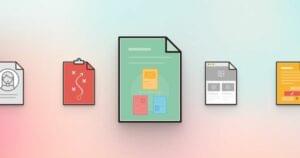
Figma Prototypes: A Quick, Step-by-Step Guide to Useful Mockups
Daniel Schwarz
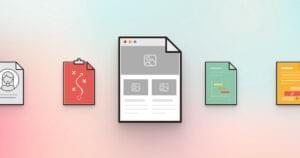
An Introduction to Wireframing with Figma
Daniel Schwarz
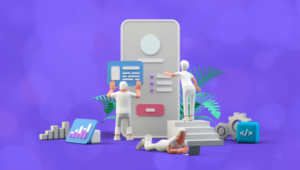
7 Tips for Writing Clear, Human-friendly Microcopy
Michiel Mulders

How to Improve User Experience with Accurate User Feedback
Michiel Mulders

8 Cross-Browser Testing Tools You Need in 2022
Daniel Schwarz

The Best Free Monospace Fonts for Developers, Compared
Daniel Schwarz

A Guide to Positive Reinforcement in UX Design
Michiel Mulders
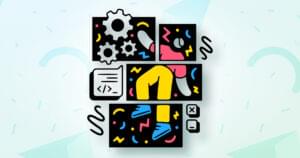
5 Ways to Improve User Experience with Machine Learning
Michiel Mulders

Learnability in Web Design: 5 Best Practices
Michiel Mulders

Why Developers Should Design Their Own Niche Portfolio Sites
SitePoint Sponsors

What Is SVG? Your Guide to SVG Files
Ivaylo GerchevMaria Antonietta Perna

Meet Polypane, a Browser That Makes You Five Times Faster
Kilian Valkhof

Deliver Better Data-Informed UX Using Sisense Embedded Analytics
Gal Shachar

Meet Flipsnack, An Easy Design Tool for Incredible Magazines
SitePoint Sponsors

Fonts and Colors Used by Facebook, Twitter, Instagram, Google and More
Daniel Schwarz

Free Fonts: Best Sources for Free Font Downloads
Daniel Schwarz

15+ Figma Plugins to Help You Design Better
Daniel Schwarz

ADA Compliance Is Mandatory for Digital Agencies. Here’s How It’s Done
Gal Shachar

15 Easy-to-Use Tools & Services to Improve Your Workflow
SitePoint Sponsors

How to Design for Screen Readers with Adobe XD CC
Daniel Schwarz

15 Top WordPress Themes to Use in 2020
SitePoint Sponsors

4 Reasons to Use Image Processing to Optimize Website Media
SitePoint Sponsors

How to Use Bannersnack to Generate Amazing Banners in Seconds
Gal Shachar

The 9 Best Mind Mapping Tools for Designers
Daniel Schwarz

How Analytics Helped Solve a UX Issue
Daniel Schwarz

A Deep Dive into User Research Methods
Mark Seabridge
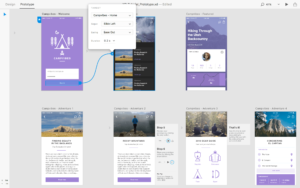
15 Top Prototyping Tools Go Head-to-Head
Dave KearneyDaniel Schwarz

Working with Design Thinking, Lean and Agile
Amanda Stockwell
5 Simple UX Principles to Guide your Product Design
Clark Wimberly

Customer Journey Maps: A Day in the Life of a Customer
Mads Soegaard

Check out the 6 Best Productivity Apps for Designers
SitePoint Sponsors
Showing 64 of 373